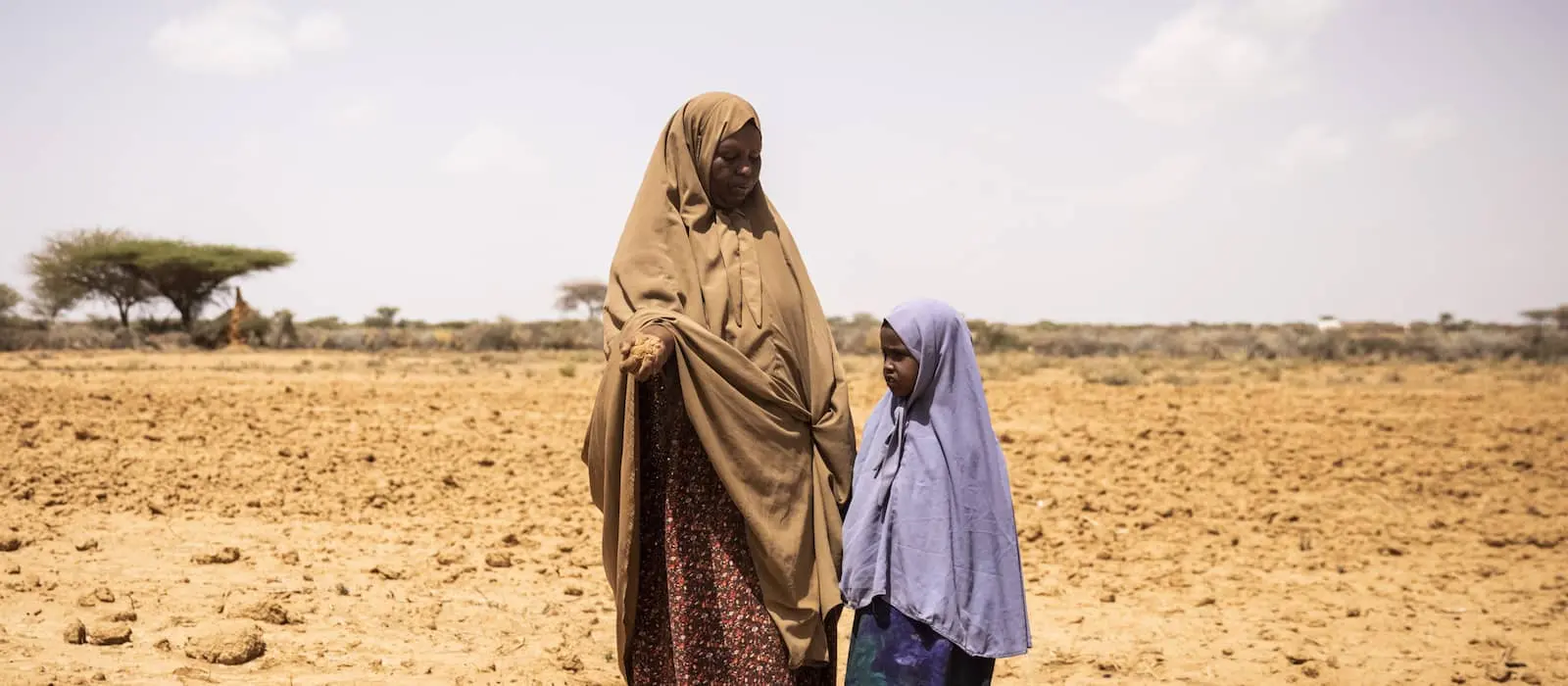Between 2021 and 2023, the Horn of Africa faced a drought that affected over 31 million people. Now in 2025, the situation is once again getting worse. Here’s what you need to know.
Between 2021 and 2023, the Horn of Africa faced a severe drought that left over 31.9 million people across Ethiopia, Kenya, and Somalia facing a crisis of poverty, hunger, and displacement. While that drought was broken by an above-average rain season in 2023, that’s not the whole story.
Here’s what you need to know about the Horn of Africa drought in 2025.
1. The forecast in 2025: Failed rains and floods
While the Horn of Africa finally saw rain in 2023, that didn’t bring a complete end to the crisis in the Horn of Africa. The region’s climate is mostly a mix of arid and semi-arid lands (ASAL), which rely on two rain seasons: the long rains (March to May) and the short rains (October to December).
Heavy long and short rain seasons in 2023 caused more damage (more on that below), as did a heavy long rain season in early 2024. In the autumn of 2024, the short rains failed. In January 2025, Kenya’s National Drought Management Authority reported deteriorating conditions in 20 out of the 23 ASAL counties. This year’s early rains were delayed across eastern Kenya, southern Somalia, and southern/southeastern Ethiopia, and areas like Ethiopia’s Somali region weren’t able to make up for the losses.
In recent weeks, other parts of these countries (particularly central Somalia, and northeastern/central/coastal Kenya) saw increased rainfall. However, the Famine Early Warning System Network (FEWS NET) reports that these rains “will not have significant impacts given the current extremely poor conditions followed by below-average short term forecasts.”
The situation is expected to worsen through December as rainfall during the short rains — which contributes up to 70% of the total annual rainfall in parts of Kenya and Somalia — is expected to be below normal.

2. The Horn of Africa has faced more than a decade of droughts
In reality, Ethiopia, Kenya, and Somalia have each faced more than a decade of recurring droughts. The UN-run site Relief Web has counted these events as one extended drought crisis in each country, with Kenya’s beginning in 2014, and both Ethiopia and Somalia’s dating back to 2015, although some sources place Kenya’s cycle of drought as far back as 1975.
Likewise, the recent history of drought in Somalia stretches back further, with one from 2010-11 leading to a famine that killed over 260,000 people (half of whom were children under the age of 5). Since then, Somalia has had only one proper year of rainfall (in 2013), with all other years falling far short of the norm for either the long or short rains — or both.
The 2021-23 drought was the worst to hit the Horn of Africa since 1981, with water shortages destroying thousands of acres of crops, killing hundreds of livestock, and drying up water sources across all three countries — as well as sources in parts of neighboring Sudan and South Sudan and left over 31.9 million people in need of humanitarian aid, including more than 23.5 million people facing acute food insecurity. In 2025, many are still recovering from the losses of the last drought.

3. At least 6.5 million people are facing high levels of hunger — including 2.5 million children
This new drought is driving hunger and malnutrition rates across the three countries. According to the Integrated Food Security Phase Classification (IPC), over 2.1 million people in Kenya are projected to face acute hunger (IPC Phases 3 and above), with high levels of malnutrition recorded in Turkana, Marsabit, Wajir, Garissa, Mandera, and Baringo counties. As the IPC notes, the worst-affected counties are all arid lands: Baringo, Mandera, Marsabit, and Turkana. Almost 742,000 children under the age of five and over 109,000 pregnant and breastfeeding women are acutely-malnourished and in urgent need of treatment.
The hunger crisis in Somalia is also being furthered by this year’s drought, with 3.4 million people facing acute levels of food insecurity. The IPC estimates that that number will increase to 4.4 million by the end of this year — representing nearly 25% of the country’s population. This is also expected to hit internally-displaced Somalis (who have fled both ongoing environmental risks and conflict) hardest, as many are women and children with few resources. “Where drought leads, hunger is never far behind,” Concern’s former Country Director for Somalia, Abdi Rashid Haji-Nur, said in 2023.
In Ethiopia’s Somali region, child wasting has already surpassed emergency thresholds, leaving more than 15% of children in the area affected amid funding cuts for treatment and health services. While the IPC has not been able to gather sufficient data for Ethiopia as of this writing, FEWS NET predicts that parts of the country will reach IPC Phase 4 in the first half of 2026. The organization also notes that 1.6 million people in Ethiopia received emergency food assistance in September.
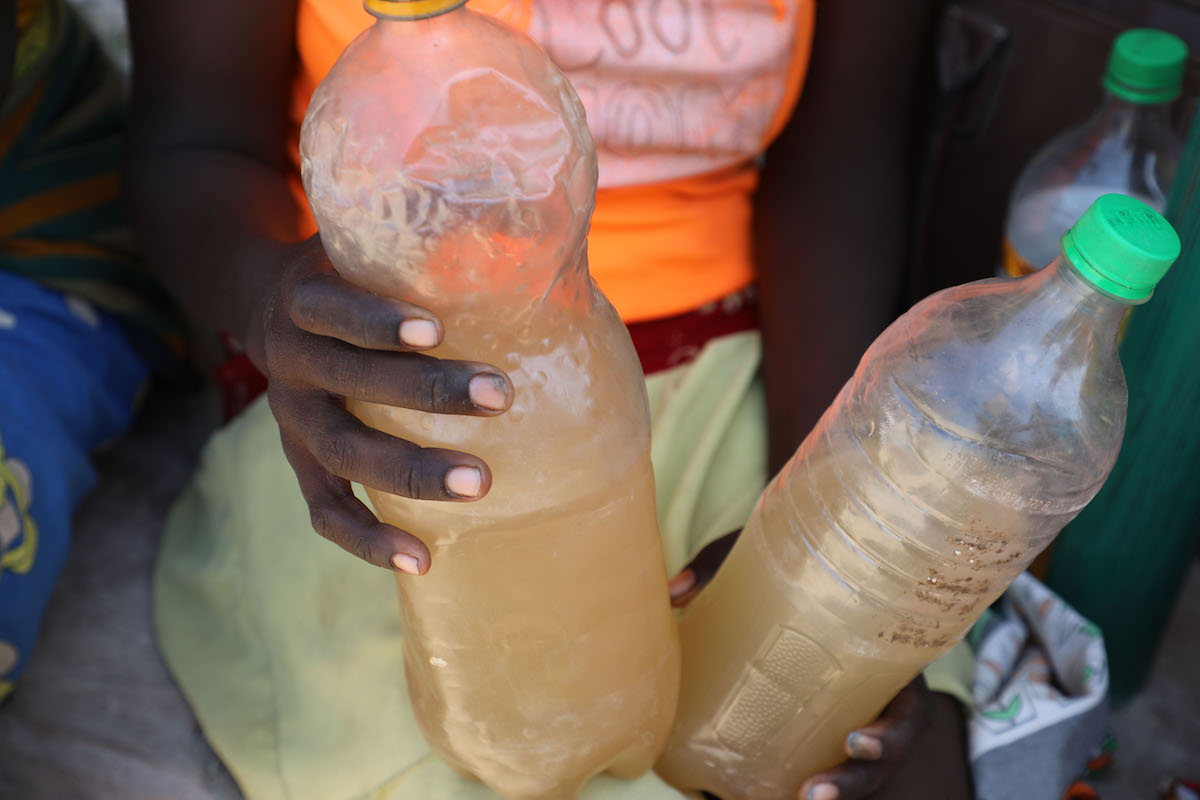

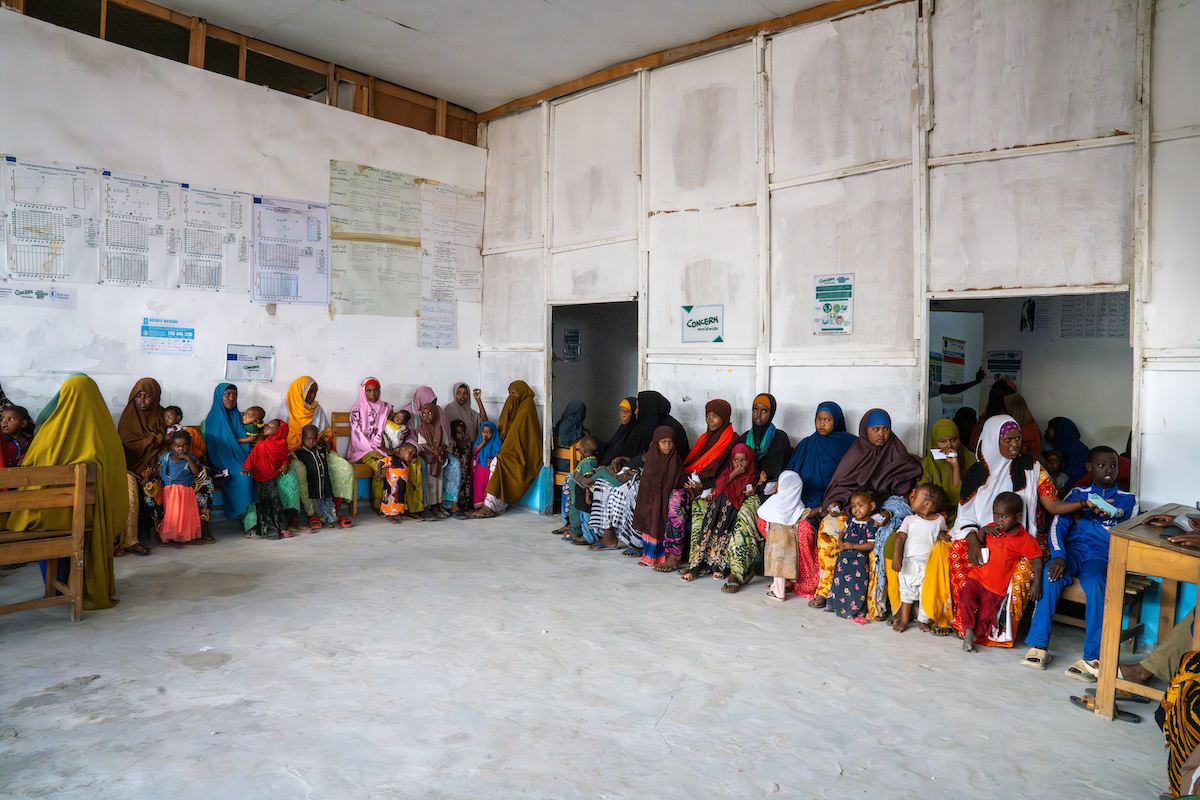
4. In some cases the rains are doing more harm than good
The 2023 long rains in the Horn of Africa were a success in terms of how much water they delivered. But they also caused flash floods in areas that, after years of drought, were not able to properly absorb the water. Homes and farms were destroyed as a result. One humanitarian working in Kenya told the BBC, “This is the worst [flooding] I’ve ever come across in my career.”
This year, heavy rains over the summer led again to floods across western and central Ethiopia, as well as parts of Sudan and South Sudan — areas that experienced record floods in 2024 as well. In Ethiopia’s Tigray region alone, over 26,000 acres of land were destroyed. For a region where 80% of residents rely on agriculture and pastoralism, those are severe losses.
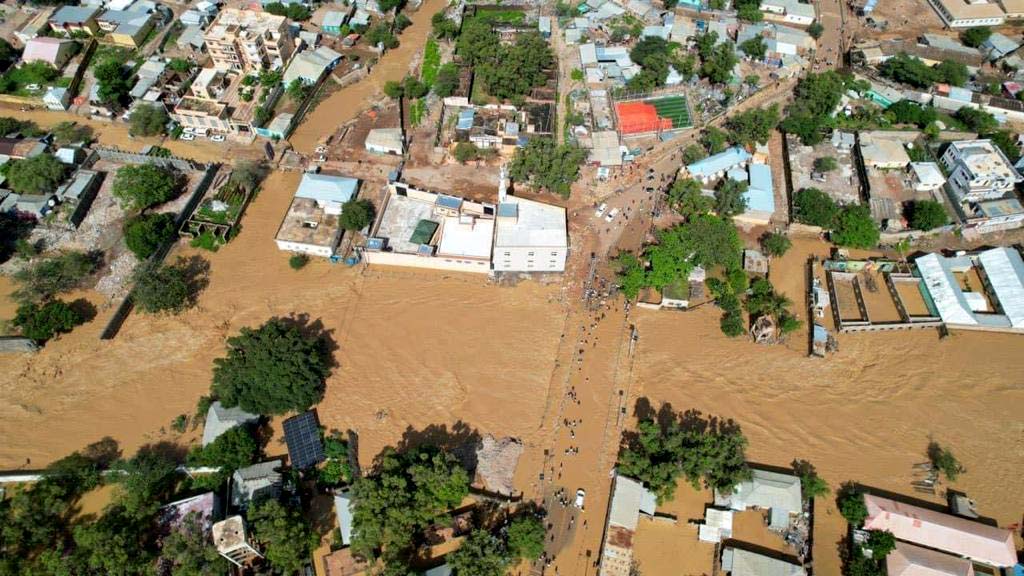

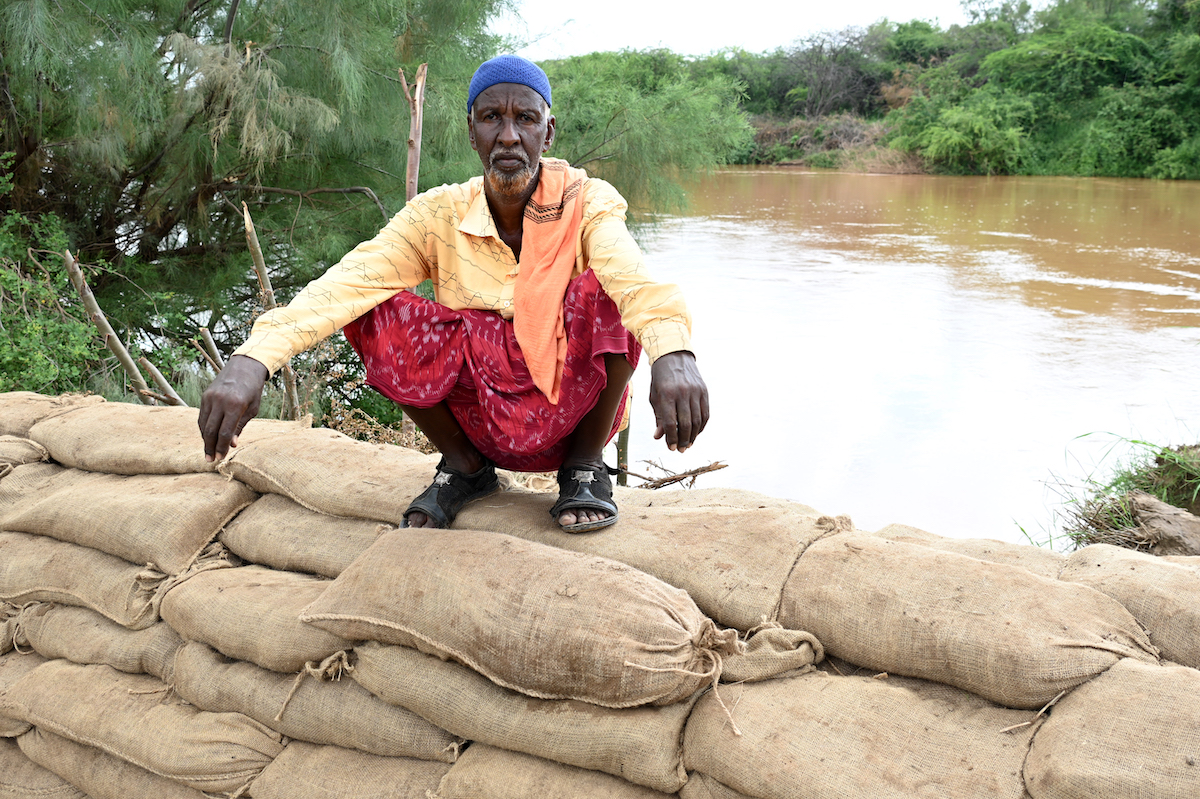
5. We have the tools to avert a catastrophe, but not without funding
Humanitarian projects in the Horn of Africa have increasingly focused on climate resilience, disaster risk reduction, and an emergency response approach known as Early Warning Early Action. These activities have lessened the impacts of droughts, and averted two potential famines in Somalia in 2017 and 2023.
However, response in the region has become chronically underfunded. During the last drought, Ethiopia, Kenya, and Somalia responses received just 27%-34% of their requested funding. “We have now reached a point where what will shock us or get our attention are images of emaciated babies and animal carcasses,” said Amina Abdulla, Concern’s Regional Director for the Horn of Africa, at the time. “And that — I am sorry to say — is utterly repugnant.”
That pattern is now repeating. As of October, just 21% of Somalia’s requested humanitarian funding had been met for 2025. The UN reports that 170 health facilities in the country have been affected by these cuts, with more expected to be affected by the end of the year.
“We saw that the humanitarian response during the 2021-23 drought saved lives and livelihoods,” says Concern’s Country Director for Somalia, Richard Nunn. “But the current drought is occurring in the wake of recent funding cuts which have resulted in significant gaps across the humanitarian response.… These gaps in assistance will exacerbate the impacts of droughts or other emergencies.”
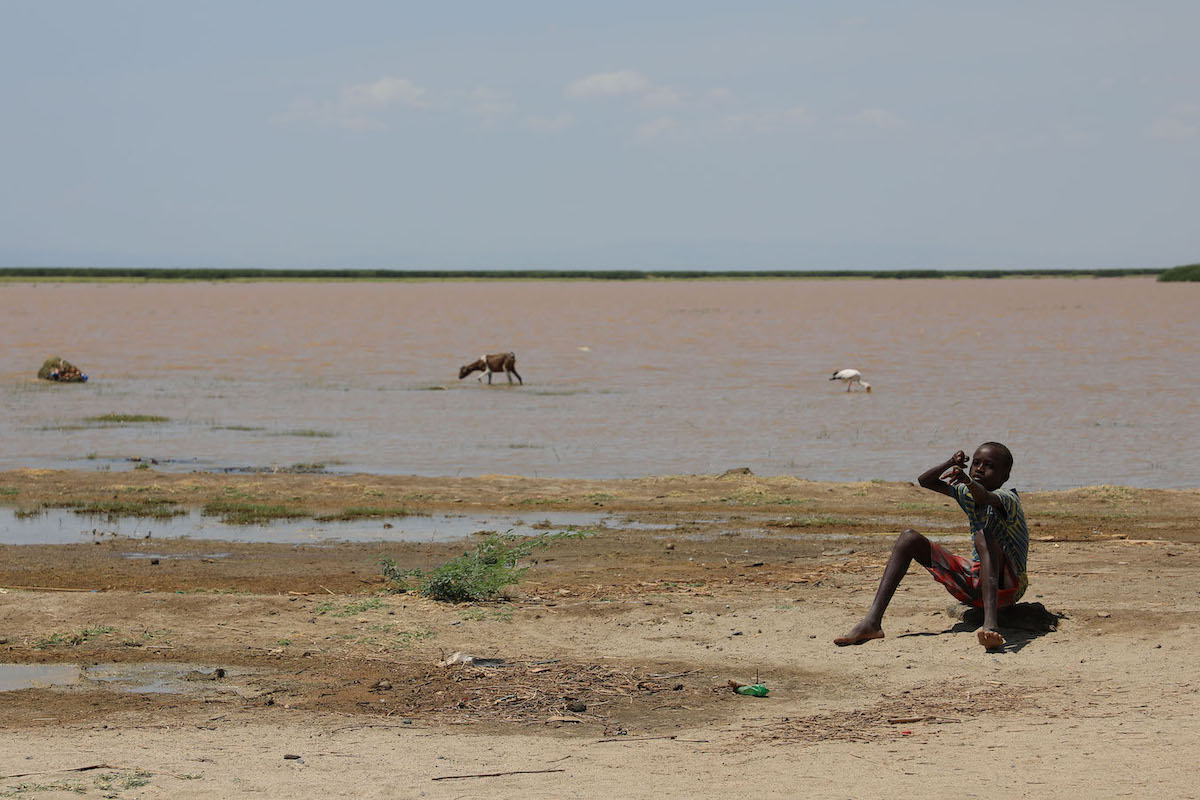
The Horn of Africa drought: Concern’s response
Concern has worked in the Horn of Africa for over half a century and reached over 1.5 million people affected by the 2021-23 Horn of Africa drought. We’ve once again put our emergency response into action with this current drought. We’re providing a range of service and supplies, including:
- Unconditional cash transfers to households
- Management of emergency nutrition interventions
- Community hygiene promotion
- Rehabilitation and upgrading of community water systems
- Purchase and distribution of hygiene and sanitation items.
In Somalia, we coordinate the Somali Cash Consortium, which has provided millions in cash assistance to drought-affected families, saving lives and providing financial stability during uncertain times.
In Kenya’s Turkana and Marsabit counties, Concern has been helping local farmers prepare for continued drought-related losses by providing emergency feed for livestock. This helps families keep their herds without needing to travel far distances to reach grazing lands, and ensures that milk production from these animals will continue for the families that depend on them.
In the remote Mandera triangle — spanning the Kenyan, Somali, and Ethiopian borders — our Hanaano Program is adopting an integrated approach to tackle child wasting. The program (funded by Irish Aid) is providing emergency transport of nutrition supplies to local health centers and cash assistance to families, while also working to stabilize food access, support local markets, and prevent further drops in child nutrition rates.



